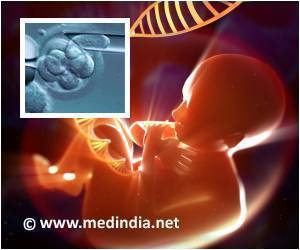Japanese researchers have said that monetary gain and high-risk plans stimulate activity in the brain.
Dr. Tadashi Ino and colleagues, from the Department of Neurology at the Rakuwakai-Otowa Hospital and the Research Center for Nano Medical Engineering at Kyoto University found that even the mere possibility of receiving a reward could activate an area of the brain called the striatum.In the study, they measured striatum activation in volunteers performing a monetary task and found high-risk/high-gain options to cause higher levels of activation than more conservative options.
They also found levels of activation to increase with the amount of money owned.
The researchers used functional magnetic resonance imaging (fMRI) to study hemodynamic changes in the brains of 17 healthy volunteers performing a monetary task.
The volunteers were given an initial stock of money and then required repetitively to press one of two buttons, which resulted in either an increase or decrease of the money stock, depending on whether their choice agreed or disagreed with a number that appeared randomly after the button had been pressed.
One button was a low-risk option and the other involved high-risk, so that more money was gained or lost when choosing the high-risk option.
Advertisement
The researchers found higher levels of activation in volunteers when choosing high-risk/high-gain options, compared to low-risk/low-gain, and when gaining money, compared to losing money.
Advertisement
They also found that overall striatum activity increased with the total amount of money in stock.
The authors said that the results show that "risky tactics and pleasure of monetary gain are correlated with activation of the striatum" and that this finding demonstrates "the concept of the striatum as a major reward-related brain structure".
The study is published in an upcoming issue of Cortex.
Source-ANI
RAS













